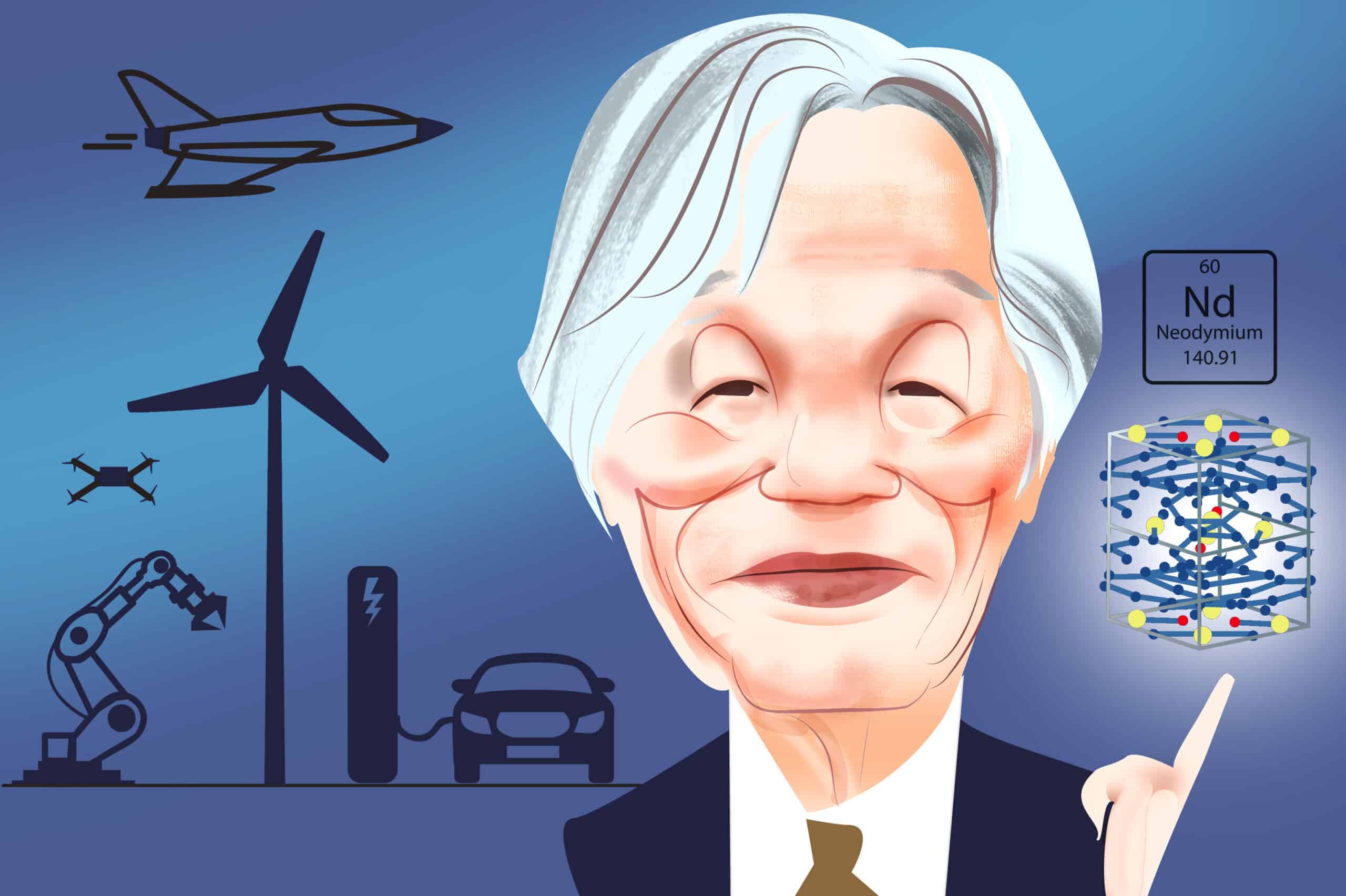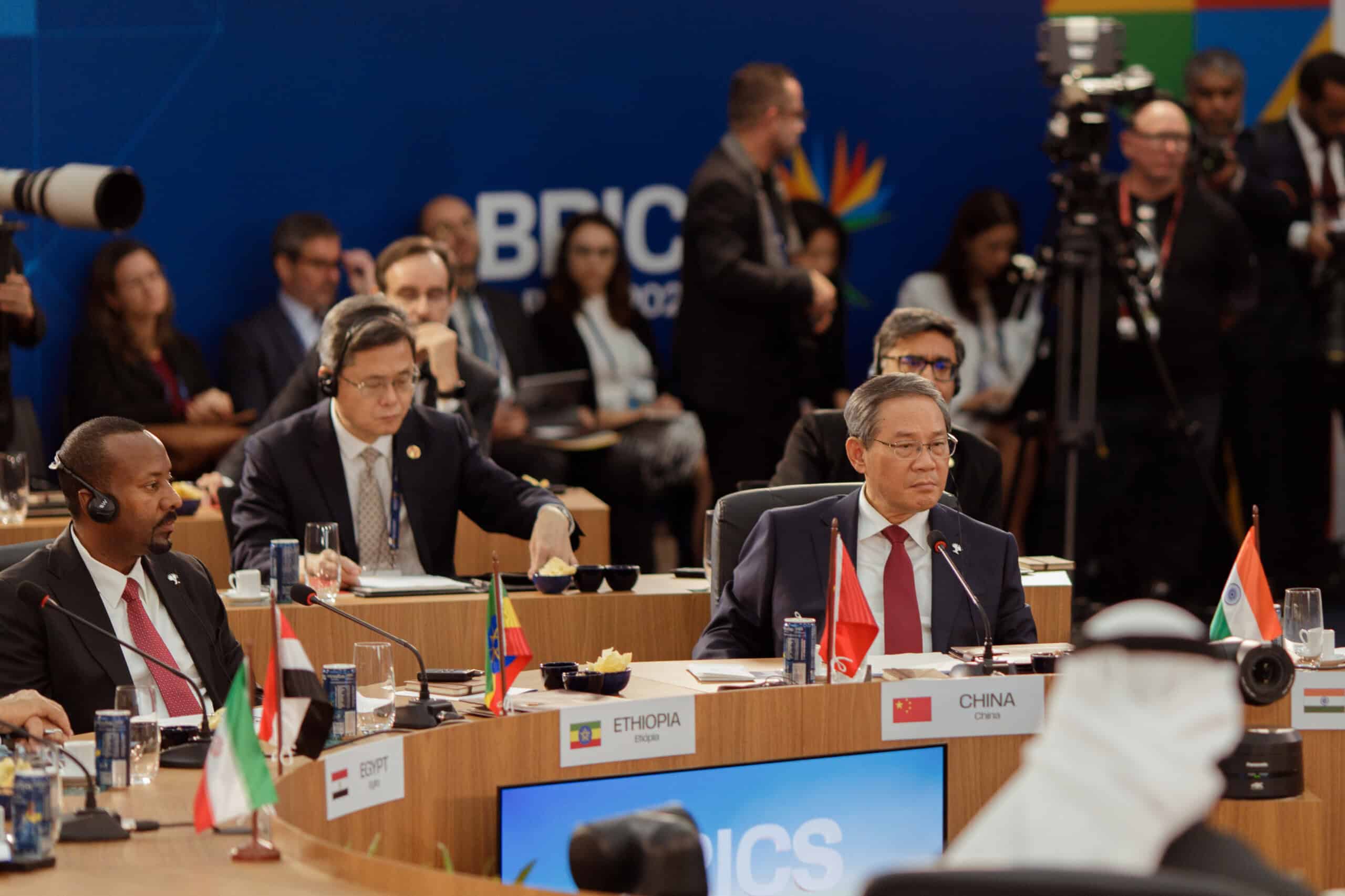Alicia García-Herrero is simultaneously an adjunct professor at Hong Kong University of Science and Technology (HKUST), a senior research fellow at Bruegel (a European macroeconomic think-tank), and Chief Economist for Asia Pacific at French investment bank Natixis. Her work has focused on Chinese investments in Latin America: She has traveled extensively around the region in previous roles, including covering Latin American investments for the IMF, and while serving as Chief Economist for emer
Navigate China's Business Landscape with Confidence.
- Gain visibility into supplier risks
- Easily manage trade compliance
- Conduct in-depth due diligence



